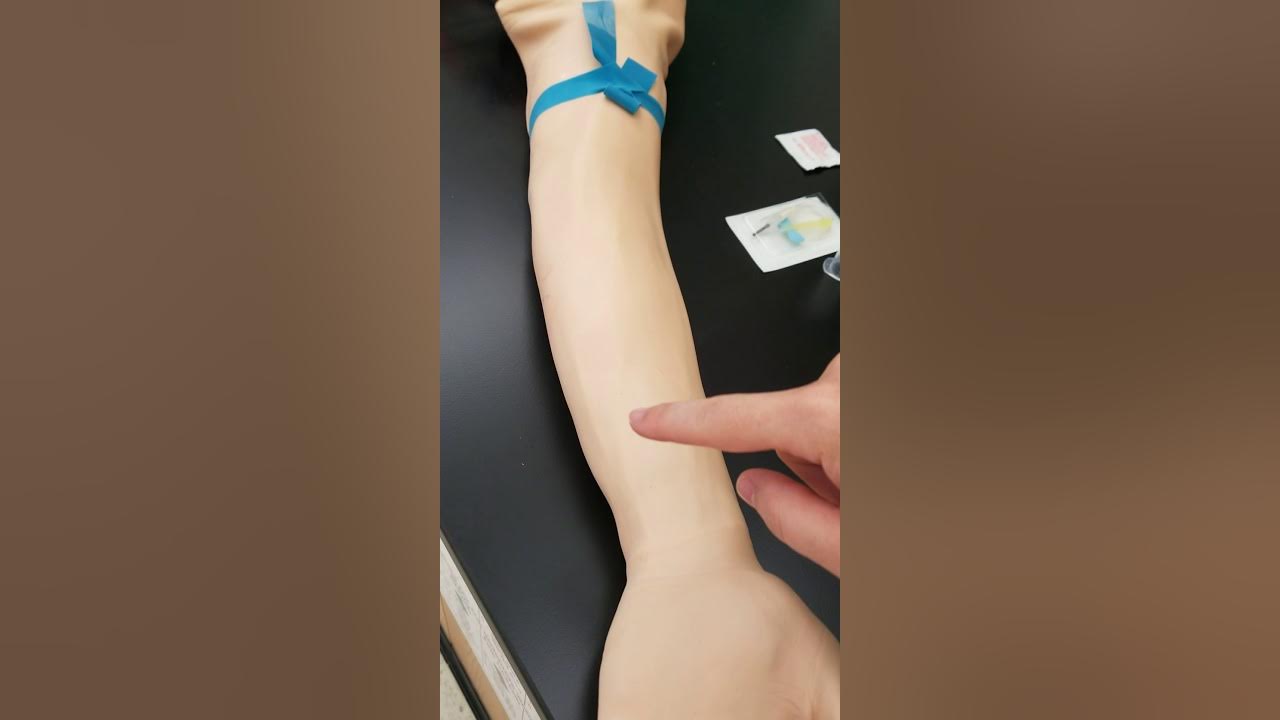Understanding Chronic Venous Insufficiency
Summary
TLDRThis video educates on chronic venous insufficiency, a condition where blood inefficiently drains from the legs due to vein valve damage. It discusses causes, symptoms like varicose veins and skin changes, and differentiates it from cellulitis. The video also covers management strategies including skin care, improving drainage with weight loss and compression stockings, and treating complications like ulcers and infections.
Takeaways
- 🩹 Chronic Venous Insufficiency (CVI) is a condition where blood doesn't efficiently drain from the legs back to the heart, often due to damaged vein valves.
- 🚶♂️ Causes of CVI include aging, immobility, obesity, prolonged standing, and history of deep vein thrombosis.
- 🔁 Damaged valves impair the leg muscles' ability to pump blood upwards, leading to blood pooling in the veins.
- 🦵 Venous hypertension from blood pooling can cause skin changes, particularly in the 'gaiter' area from the top of the foot to the bottom of the calf.
- 🏿 Hemociderin staining is a red-brown skin discoloration caused by hemoglobin leakage from vessels.
- 🌫️ Venous eczema presents as dry, itchy, flaky, red, and cracked skin due to chronic inflammation.
- 💧 Lipo dermatosclerosis is characterized by hardening and tightening of the skin and underlying tissue, causing a scar-like appearance.
- 🍾 Inflammation can lead to an 'inverted champagne bottle' appearance of the lower legs, narrowing towards the ankles.
- 🏡 Atrophy Blanche is smooth, porcelain-white scar tissue often surrounded by hyperpigmentation, indicating advanced CVI.
- 🩺 Misdiagnosis of CVI skin changes as cellulitis is common; these changes do not improve with antibiotics.
- 💊 Management of CVI involves skin care, improving venous drainage (like compression stockings), and managing complications like infections and ulcers.
Q & A
What is chronic venous insufficiency?
-Chronic venous insufficiency is a condition where blood is not efficiently drained from the legs back to the heart, usually due to damage to the valves inside the veins.
What factors can contribute to the development of chronic venous insufficiency?
-Factors that can contribute include age, immobility, obesity, prolonged standing, or after a deep vein thrombosis.
How are varicose veins related to chronic venous insufficiency?
-Chronic venous insufficiency is often associated with varicose veins, as damaged valves in the veins can lead to blood pooling and vein dilation.
What is the 'gaiter area' in the context of chronic venous insufficiency?
-The 'gaiter area' is the area between the top of the foot and the bottom of the calf muscle, which is most affected by skin changes due to chronic venous insufficiency.
What is hemociderin staining and how does it occur?
-Hemocidoerin staining is a red-brown discoloration caused by hemoglobin leaking out of the vessels into the skin, resulting from the breakdown product of hemoglobin.
What is venous eczema and what causes it?
-Venous eczema, also known as varicose eczema, refers to dry, itchy, flaky, scaly, red, and cracked skin caused by a chronic inflammatory response in the skin.
What is lipodermatosclerosis and how does it affect the skin?
-Lipodermatosclerosis refers to the hardening and tightening of the skin and the tissue beneath the skin, caused by chronic inflammation leading to fibrotic subcutaneous tissue that turns into scar tissue.
What is atrophy Blanche and how does it present on the skin?
-Atrophy Blanche refers to patches of smooth, porcelain-white scar tissue on the skin, often surrounded by hyperpigmentation, which is a feature of chronic venous insufficiency.
What complications can chronic venous insufficiency lead to?
-Complications can include cellulitis or infection in the skin, poor healing after injury, skin ulcers, and pain.
How can chronic venous insufficiency be managed?
-Management involves keeping the skin healthy, improving venous drainage to the legs, and managing complications through weight loss, keeping active, elevating legs when resting, using compression stockings, and treating infections and ulcers.
Why is it important to differentiate chronic venous changes from cellulitis?
-Chronic venous changes are often misdiagnosed as cellulitis, leading to unnecessary antibiotic use. It's important to recognize these changes because they do not resolve with antibiotics and require different management strategies.
Outlines

هذا القسم متوفر فقط للمشتركين. يرجى الترقية للوصول إلى هذه الميزة.
قم بالترقية الآنMindmap

هذا القسم متوفر فقط للمشتركين. يرجى الترقية للوصول إلى هذه الميزة.
قم بالترقية الآنKeywords

هذا القسم متوفر فقط للمشتركين. يرجى الترقية للوصول إلى هذه الميزة.
قم بالترقية الآنHighlights

هذا القسم متوفر فقط للمشتركين. يرجى الترقية للوصول إلى هذه الميزة.
قم بالترقية الآنTranscripts

هذا القسم متوفر فقط للمشتركين. يرجى الترقية للوصول إلى هذه الميزة.
قم بالترقية الآنتصفح المزيد من مقاطع الفيديو ذات الصلة

Edema (Oedema) | In 2 minutes!

How Does Heart Bypass Surgery Work? Coronary Artery Bypass Graft Procedure Animation - CABG Video

O QUE É ESTENOSE AÓRTICA? VALVA AÓRTICA CALCIFICADA? É GRAVE? (informações para pacientes)

Top 10 Signs of DIABETES You Can SEE: Doctor Explains

Portal Venous Systems, Hepatic Portal System and Liver Functions, Animation

Phlebotomy: The Veins Used for Venipuncture
5.0 / 5 (0 votes)
